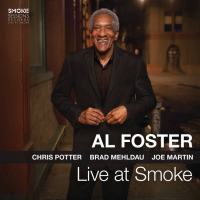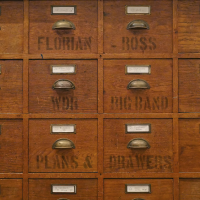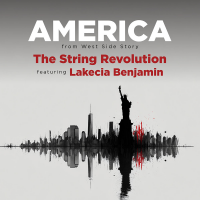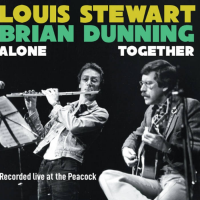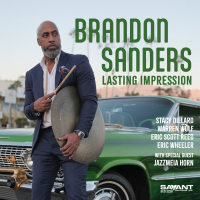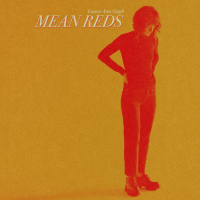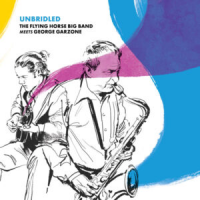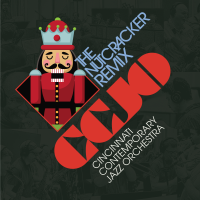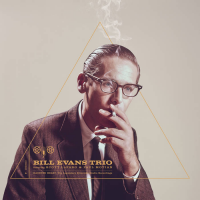Home » Jazz Articles » Album Review » Gary Burton: Libertango
Gary Burton: Libertango
There’s no need for a drummer, since the tango rhythms include powerful inflections, both assertive and implied. Oftentimes the rhythmic pattern represents half a clave, and yet it’s always easily understood, romantic, and suave. Burton explains, "Tango, like jazz, brought together the considerably developed traditions of Western European music and local folk influences and evolved into a sophisticated art form requiring the highest levels of musicianship." Piazzolla, who wrote several of the session’s pieces especially for these artists, created a tango craze outside of Argentina in the 1960s and ‘70s. The classically trained musician merged traditional tango with classical music, making the result much more popular.
Born in the early 1900s, tango comes from two words. Both tambor (drum) and tambo (dairy farm) were in the hearts and minds of early Argentine slaves and immigrants. In the same way that North American spirituals influenced the development of jazz in the U.S.A., these melancholy dance songs gained momentum by blending known elements with improvisation and a stylistic focus. Burton’s homage reminds us of the roots tango shares with jazz while expressing the genre clearly and with a fresh new slant.
Track Listing
Libertango; Invierno Porte
Personnel
Gary Burton
vibraphoneGary Burton- vibraphone; Fernando Suarez-Paz- violin; Marcelo Nisinman- bandoneon; Pablo Ziegler, Nicolas Ledesma- piano; Horacio Malvicino- guitar; H
Album information
Title: Libertango | Year Released: 2000 | Record Label: Concord Music Group
Tags
PREVIOUS / NEXT
Support All About Jazz
 All About Jazz has been a pillar of jazz since 1995, championing it as an art form and, more importantly, supporting the musicians who make it. Our enduring commitment has made "AAJ" one of the most culturally important websites of its kind, read by hundreds of thousands of fans, musicians and industry figures every month.
All About Jazz has been a pillar of jazz since 1995, championing it as an art form and, more importantly, supporting the musicians who make it. Our enduring commitment has made "AAJ" one of the most culturally important websites of its kind, read by hundreds of thousands of fans, musicians and industry figures every month.






